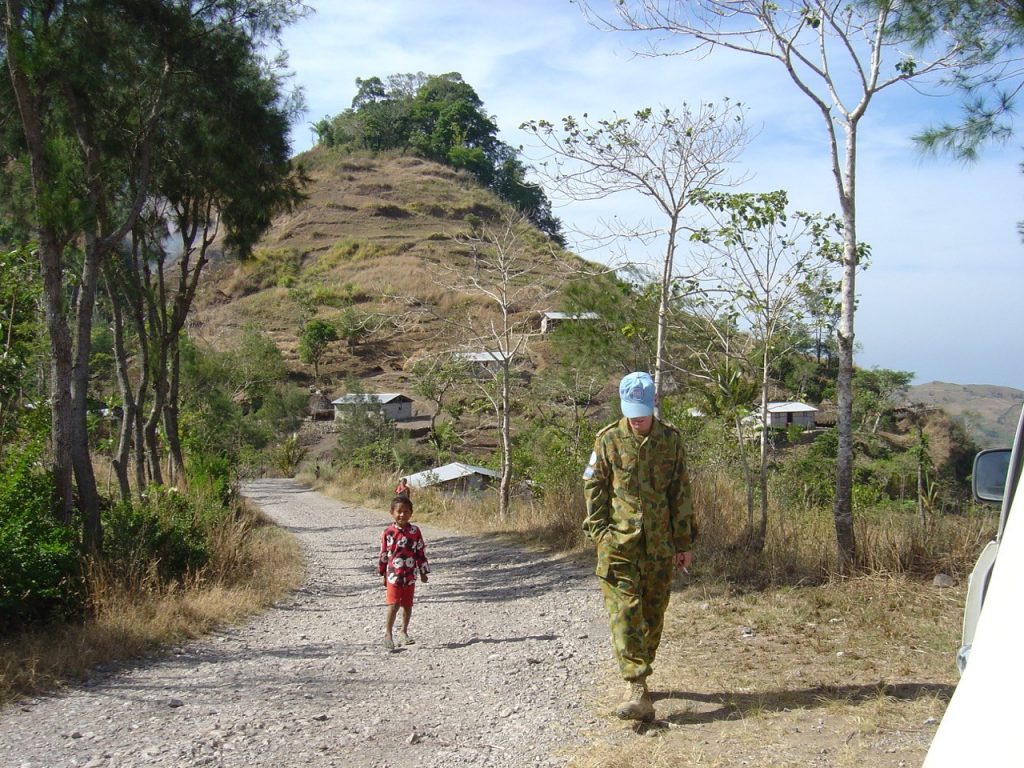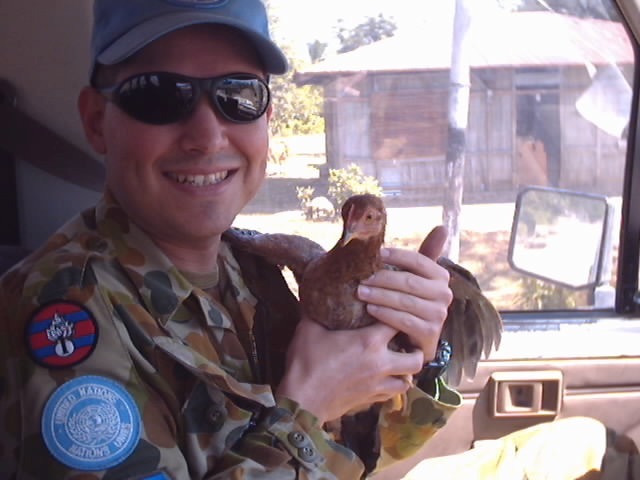Lessons from the Australian Defence Force
The Agile Manifesto Values and my military training have many correlations. For example, “Working Software or Solutions Over Comprehensive Documentation”.
The military is well known for its rigorous requirements, countless forms and demanding policies. These arduous expectations require you to provide precise and accurate information in your submission if you are hoping for approval and sign off. But, is this really how the modern military operates?
I’m glad to say in my experience today’s military teaches and adheres to a more modern and agile approach. Let me take you through a real life scenario to explain.
As an Australian soldier in my first posting (to Darwin) I found myself on my way to my first deployment in a matter of months. As a newly trained Signalman I attended force preparation for a peacekeeping mission in East Timor. The posting were between Dili (the capitol) and Maliana (rural/jungle) and when the helicopter landed, I was in Maliana, just a few kilometres from the Indonesian border. Our mission was simple, to maintain the network communications between Maliana, Dili and Australia – in the warm tropical weather – not ideal for IT hardware.

For the most part, days were filled by tasks and training and all was quiet… ‘till one night…just as we set out to prepare the evening’s situation report, we noticed the ‘blue screen of death’. It was determined by our Section Commander that our server had packed it in. This was the worst-case scenario as we were now dark. All communications via the network were down.
We had two options:
- Start the paperwork to order a new server to be delivered from Australia, or
- Rebuild the system
…this was a simple agile decision – working hardware had a higher value over comprehensive documentation.
From here we all jumped into action.
- Our Sergeant jumped on the radio and put in a verbal ‘SITREP’ – notifying our commander of our situation and our decision for a course of action.
- A few us started to scavenge boxes and crates for any spare hard drives.
- Some got started on working on the server.
One by one, we found spare working hardware, rebuilt the server and started the arduous ‘back-up’ procedure.
As the East Timor sun began to rise and roosters crowed, we all stood there wide awake, watching the progress bar climb to 100%. With our breath held, we fired up the computer to the server to see if it was working ….to everyone’s relief it was!!

A week later we did get a new server. It did require a bit of comprehensive documentation and we made sure it had ‘just enough’ information. After all, we had more important work to do and didn’t want to be bogged down by paperwork for the sake of paperwork.
I quote, “The ‘Land Warfare Doctrine 6.0 Signals’ sites – Commanders control the network (the what) but the decentralised execution (the how) allows for the local, direct management of assigned signals assets…This allows freedom of action at lower levels thereby increasing agility.”
So, as you move with purpose throughout your day, be sure you value ideas and solutions the team deliver and don’t get buried in the paperwork.

